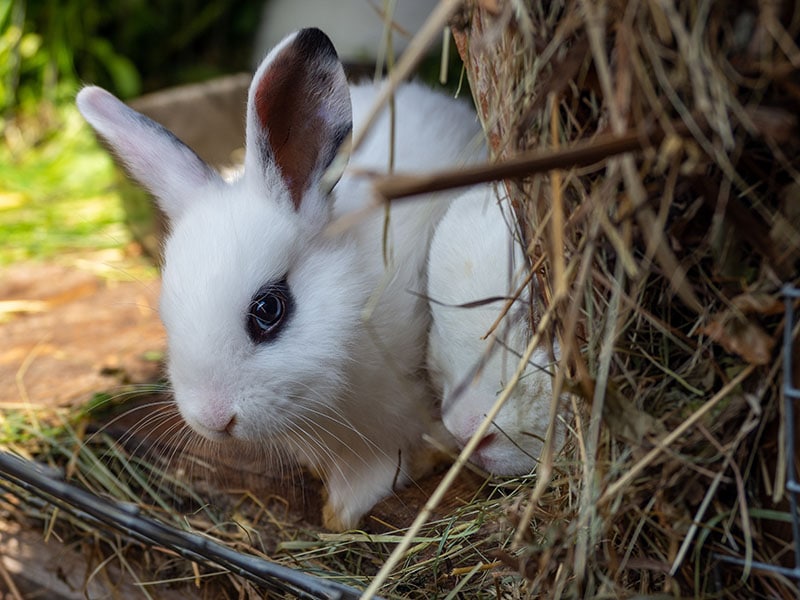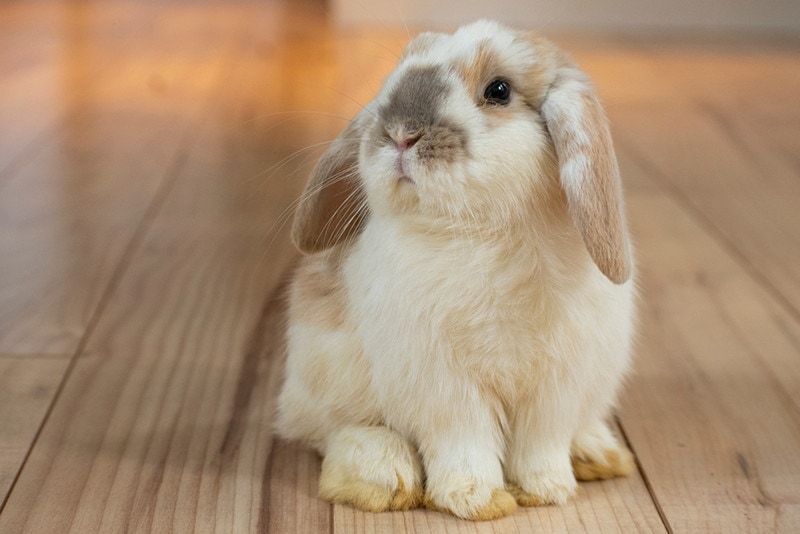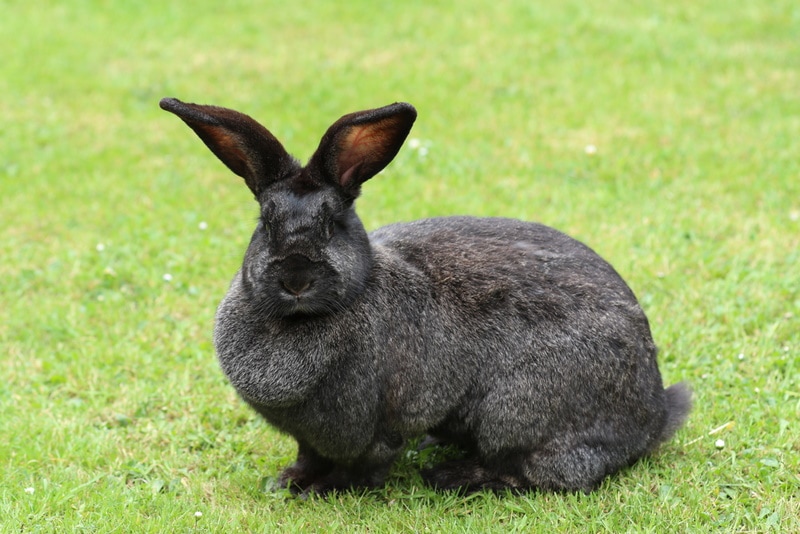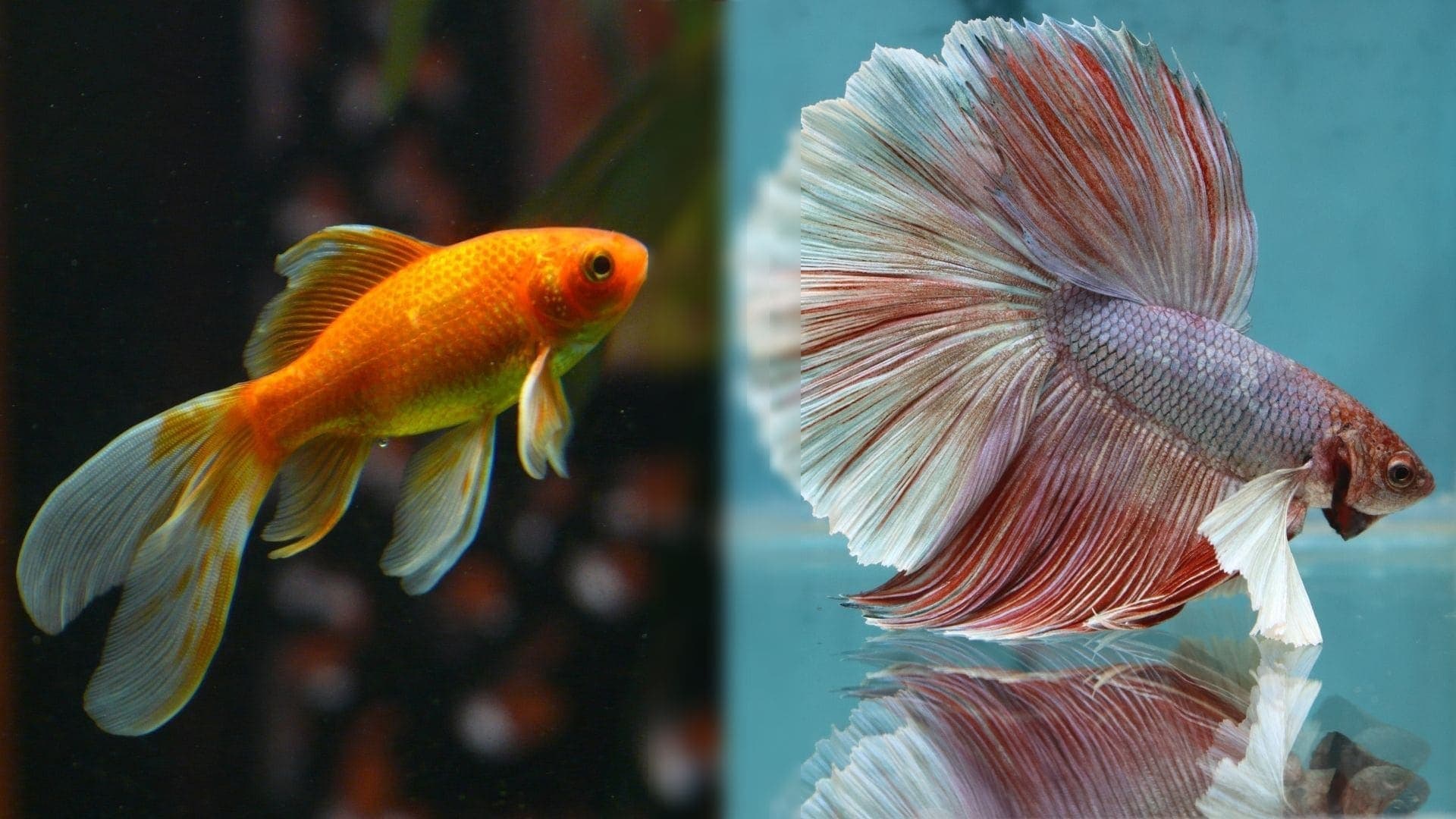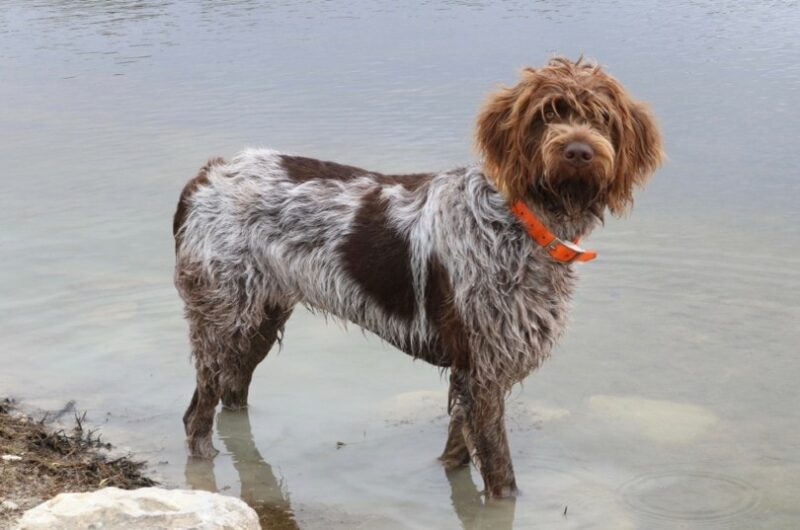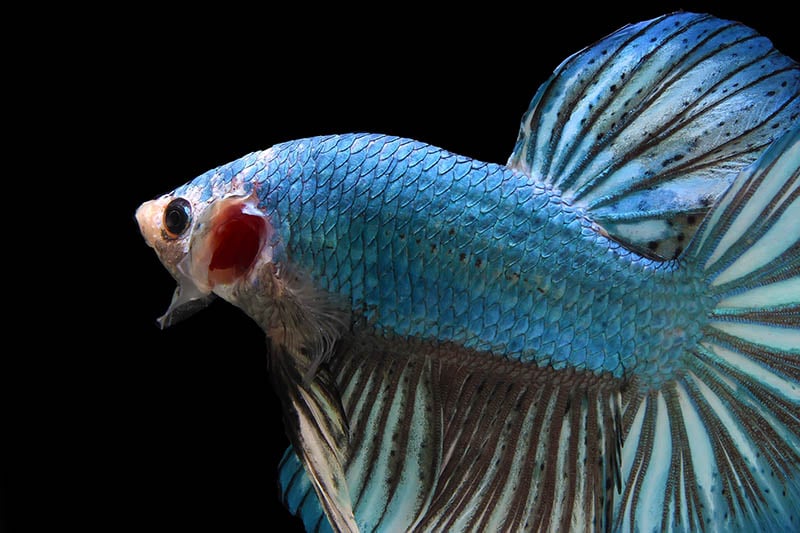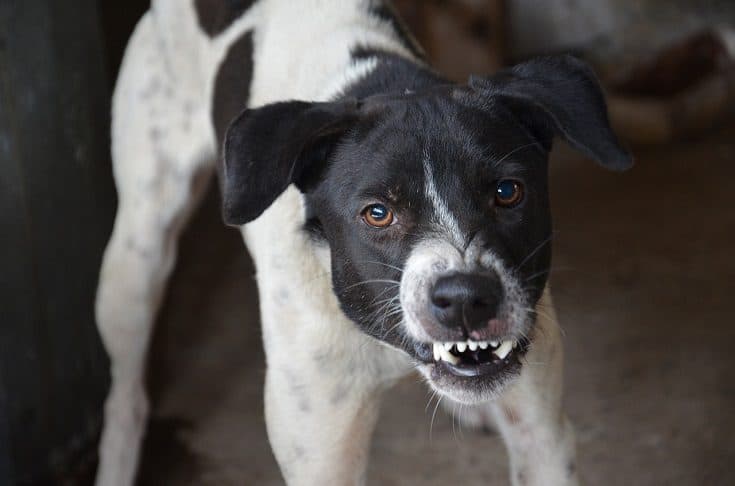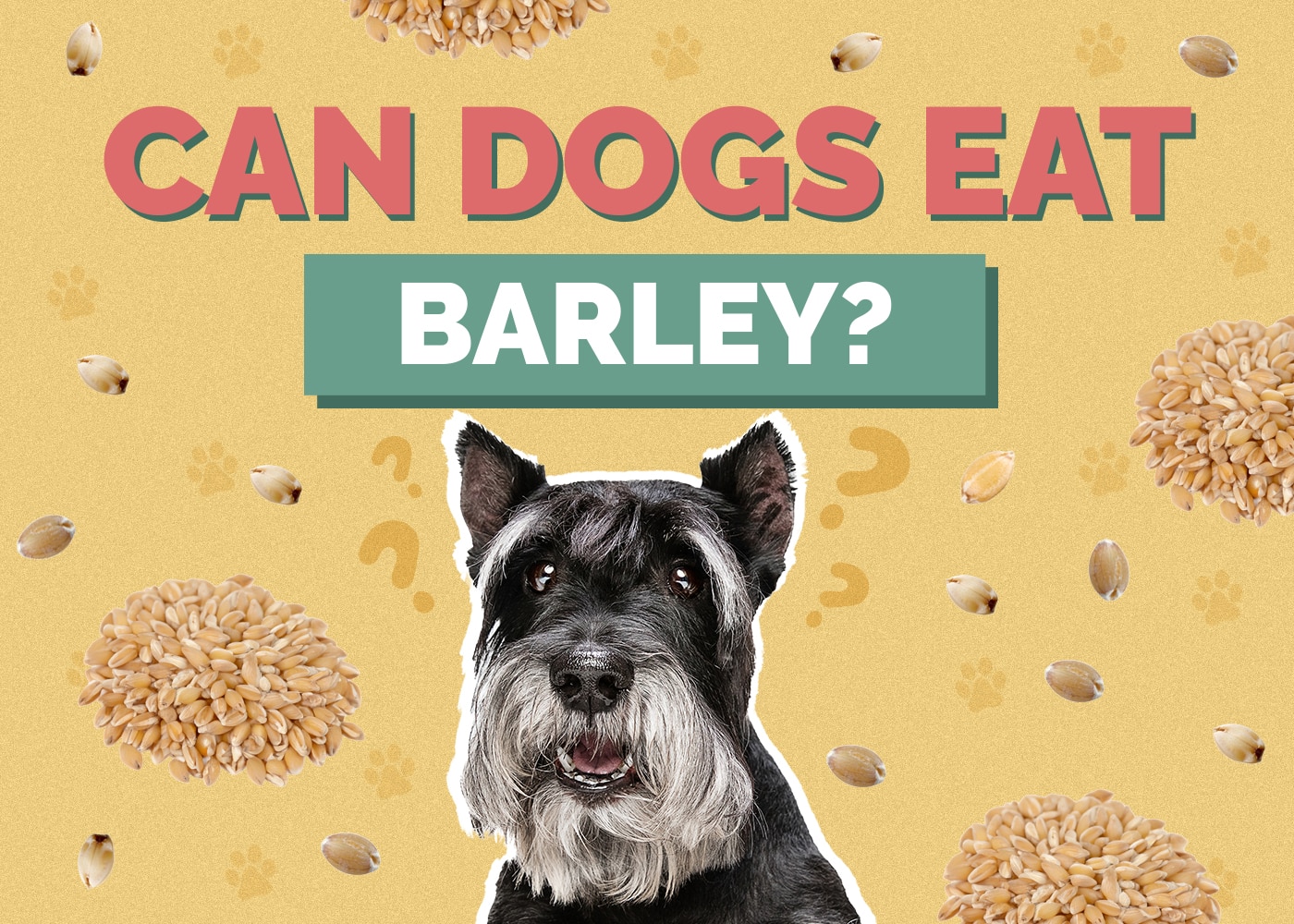Golden Glavcot Rabbit: Info, Care, Diet, Pictures & More
Updated on
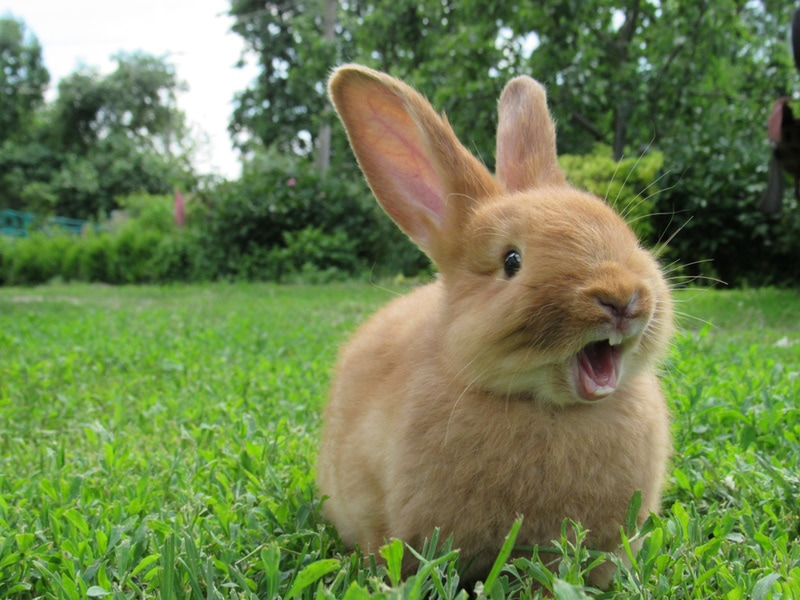
Click to Skip Ahead
The Golden Glavcot is a rare domestic breed of rabbit that is recognized by the British Rabbit Council. These rabbits are extremely rare, so seeing one (never mind buying one) isn’t something that happens every day.
| Size: | Small |
| Weight: | 5–6 pounds |
| Lifespan: | 10–14 years |
| Similar Breeds: | Silver Glavcot (extinct) |
| Suitable for: | Experienced owners |
| Temperament: | Friendly, skittish, affectionate |
In fact, this breed almost went extinct in the 1960s before a group of dedicated breeders brought it back from the brink. It has a golden-roan coat that comes from the dilute red gene. It looks very similar to your average wild rabbit. However, it acts like a domestic rabbit.
Golden Glavcot Breed Characteristics
 How Much Do These Rabbits Cost?
How Much Do These Rabbits Cost?
This breed is exceedingly rare. It isn’t so much whether you can afford this rabbit. Instead, it’s more about whether you can even find one to begin with. They were originally developed for the fur trade. However, they almost became extinct in the 1960s and had to be recreated almost from scratch.
It isn’t easy to find a breeder, and you can expect to pay several hundred dollars if you do happen to find one. You probably won’t find one at your local pet store or through other means (like a rescue). Instead, you must rely on a breeder and probably expect to travel quite far.
These rabbits are easiest to find in the UK, so you may need to export them if you live elsewhere. They arrived in the United States a few years ago, but breeders are still exceedingly rare.
Temperament & Intelligence of the Golden Glavcot Rabbit
For the most part, these rabbits are described as friendly and affectionate. They like to cuddle and be petted by their owners. They are also calm (usually), and they don’t require that much exercise. They aren’t nearly as energetic as some other rabbit breeds.
However, these rabbits can also be skittish. They’re very close to their wild counterparts, so they may not be as tame as other domesticated rabbits. They are particularly scared of loud noises, like most rabbit breeds. The Golden Glavcot is also rather delicate. They’re easily injured, which is why we particularly recommend them for experienced rabbit owners.
These rabbits are decently smart. They recognize their name and bond closely with their owner. They can also learn how to use the litter box and respond to basic commands. However, they’re independent and stubborn. They weren’t bred for training purposes, so they aren’t nearly as trainable as a dog.
You need to be especially patient when training these rabbits.
Do These Rabbits Make Good Pets? 👪
It largely depends on your preferences and expectations. What are you looking for in a rabbit?
This breed is known for being very beautiful and similar to their wild counterparts. Many people like their wild appearance. They’re also pretty friendly and affectionate and like to be petted and cuddled. They bond very well with their owners and love people. Therefore, they fit what most people are looking for in a pet rabbit. Plus, the Golden Glavcot has one of the longest lifespans of any rabbit at 10 to 14 years. This means they provide more years of companionship to their owners.
These rabbits can also be skittish and delicate, and they are prone to injury by rough handling and biting. Therefore, they require someone who can handle them properly and they aren’t best for children.
Does This Rabbit Get Along with Other Pets?
The Golden Glavcot is a gentle, sociable rabbit that can get along well with other pets. They aren’t particularly aggressive or noisy. They enjoy the company of other rabbits, especially those of their own breed. However, they aren’t compatible with large rabbits or predatory animals. They’re easy to injure, so you must be extra careful regarding any pairing.
These rabbits also aren’t best for families with young children, as they can easily be mishandled.
Things to Know When Owning a Golden Glavcot
Food & Diet Requirements 🥕
Like all rabbits, Golden Glavcots need a diet of mostly Timothy hay. This hay provides fiber and helps maintain a healthy digestive tract. Hay should be provided at all times to help prevent gastric problems. You’ll also need to feed vegetables and commercial rabbit pellets. You should offer only a small amount of pellets, as they are high in calories and can cause obesity pretty easily. You can provide leafy veggies for some variety, too.
You can also provide fruit as an occasional treat, but the fruit has a lot of sugar that can cause your pet to become obese or upset its digestive system. You’ll also be required to provide your rabbit with fresh water in a bowl or bottle. This water should be kept clean and changed daily.
Habitat & Hutch Requirements 🏠
The hutch should be large enough for the rabbit to hop, stand up, stretch, and move around comfortably. Bigger is practically always better, though, especially if you own multiple rabbits.
Preferably, the hutch should be raised off of the ground and have a waterproof roof, protecting the rabbit from moisture and predators. You should ensure the habitat has a solid floor, as wire can cause injuries to their feet.
Purchase a hutch with at least two rooms—one for sleeping and one for eating. The sleeping area should be very cozy and well-insulated. Provide plenty of bedding, such as hay, straw, or wood shavings. The eating area should have food and water bowls. Clean the hutch regularly—at least once a week. The bedding material should be changed regularly, and you should wash their bowls as much as possible. The litter box should also be sanitized and emptied regularly.
Exercise & Sleeping Needs 🐇
The Golden Glavcot is calm and doesn’t require much exercise. They need some mental and physical stimulation, though. The breed is capable of high jumps and can be skittish, so it needs a secure and spacious enclosure.
Plan on giving your rabbit at least 3 hours of exercise each day. This is the pure minimum, though. If you can get your rabbit out more, you should. Your rabbit will be most active around dawn and dusk, as this is when the rabbit is naturally most active, so plan on getting your rabbit out during these times.
These rabbits sleep in two main blocks—in the middle of the day and the middle of the night. They sleep about as long as an adult human but in two different portions. The Golden Glavcot needs a cozy and well-insulated sleeping area, with plenty of bedding material, such as hay, straw, or wood shavings.
Training 🥎
Rabbits aren’t as trainable as dogs. However, they can still be trained. The Golden Glavcot is pretty intelligent and eager to learn new skills. You can motivate them with food, toys, and attention. Choose a quiet and comfortable place for training, where your rabbit feels safe and relaxed. Avoid any distractions or noises that could scare or stress your rabbit.
Plan on keeping the session extremely short, as they don’t have the longest attention span. Be patient and consistent with your training.
Grooming ✂️
These rabbits don’t need tons of grooming. However, you should plan on brushing them at least weekly. You may even need to do it more during extreme shedding periods, such as when the seasons change. You should use a soft-bristled brush or rubber grooming glove to gently remove any excess hair.
You should trim your rabbit’s nails every 4 to 6 weeks, or whenever they get too long. Long nails can cause discomfort, injury, or infection to your rabbit. You can use a pair of nail clippers or scissors designed for small animals to cut the tip of the nail, avoiding the pink area (the quick) where the blood vessels and nerves are.
If you don’t feel comfortable using the trimmers, you can also have a vet or groomer do it for you (though this is usually more stressful for the rabbit).
You should check your rabbit’s ears every week for any signs of dirt, wax, or mites. The Golden Glavcot is prone to ear canker, a condition caused by ear mites that can lead to inflammation, crusts, and ulcers in the ear canal. Therefore, you need to take extra care of their ears.
You can use a cotton ball or swab moistened with warm water or mineral oil to gently clean the outer ear, but never insert anything into the ear canal.
Check your rabbit’s teeth every week or so for signs of overgrowth. A rabbit’s teeth constantly grow, and they are often naturally worn down through their mostly hay diet. However, some rabbits don’t wear their teeth down properly, which can cause all sorts of problems. When in doubt, always consult your veterinarian.
You should bathe your rabbit only when necessary, such as when it is very dirty or has a medical condition that requires it. Rabbits are self-cleaning animals that do not need frequent baths, as they can cause stress, hypothermia, or skin problems. Baths often do more harm than good.
Lifespan & Health Conditions 🏥
These rabbits have a pretty long lifespan of 10 to 14 years and they outlive most other rabbits out there.
The Golden Glavcot is a relatively healthy breed that does not have any specific genetic disorders or diseases. However, like any rabbit, it can be prone to digestive problems, respiratory infections, dental issues, and parasites. A proper diet and grooming can help prevent some of these health problems.
- Diarrhea
- Bloat
- Dental abscesses
- Spurs
- Hairballs
- Overgrown teeth
- Ear mites
- Fleas
- Ear canker
Male vs. Female
This breed doesn’t have any particular differences between genders—besides those you normally see in rabbits. However, the basic temperament and appearance of the rabbit won’t change depending on the sex.
3 Little-Known Facts About the Golden Glavcot Rabbit
1. They don’t have a white belly
This breed is one of the few that doesn’t have a white belly. Instead, they are mostly solid-colored. However, they may have lighter fur around their chest.
2. They’re prone to ear canker
These rabbits are prone to ear canker, which is a condition caused by ear mites. Luckily, this is practically the only health condition they’re prone to, and it is easy to avoid with basic ear checks and cleaning.
3. They almost went extinct
The Golden Glavcot was extinct before breeders brought it back in the 1960s. However, they could only get back the red version and the silver and blue variations remain extinct.
Final Thoughts
The Golden Glavcot is a friendly, affectionate rabbit breed that likes to spend time with their owners. They’re pretty calm and don’t require nearly as much exercise as some other breeds.
They are extremely rare and hard to find. They were barely saved from extinction, though only the red variant survived. It will not be easy to find a breeder, so you can expect to spend several hundred dollars if you insist on purchasing one. They’re most common in the UK, though they are occasionally available in the US.
This breed is a bit more delicate than others. Therefore, we only recommend them for experienced owners without children or large animals (including large rabbits). They are not as forgiving as other breeds.
However, when cared for correctly, they live longer than nearly any other rabbit out there.
See also:
- Lilac Rabbit: Info, Care, Diet, Pictures & More
- Giant Chinchilla Rabbit: Info, Care, Diet, Pictures & More
Featured Image Credit to: Victoria Paladiy, Shutterstock
 How Much Do These Rabbits Cost?
How Much Do These Rabbits Cost?